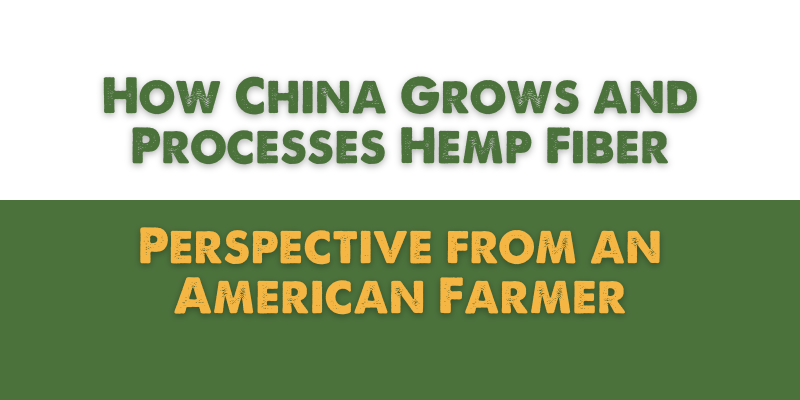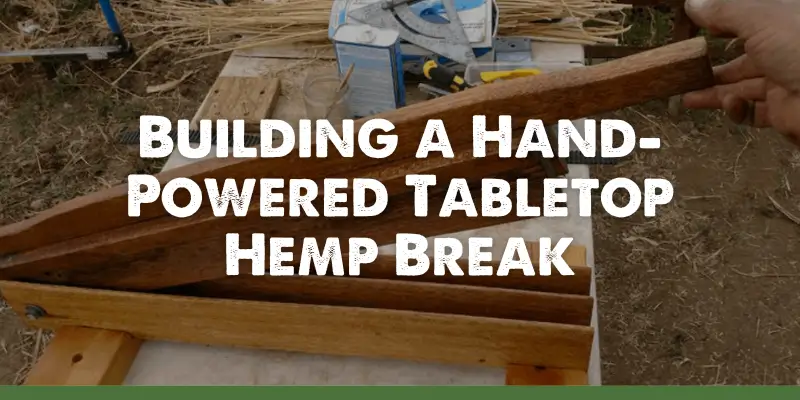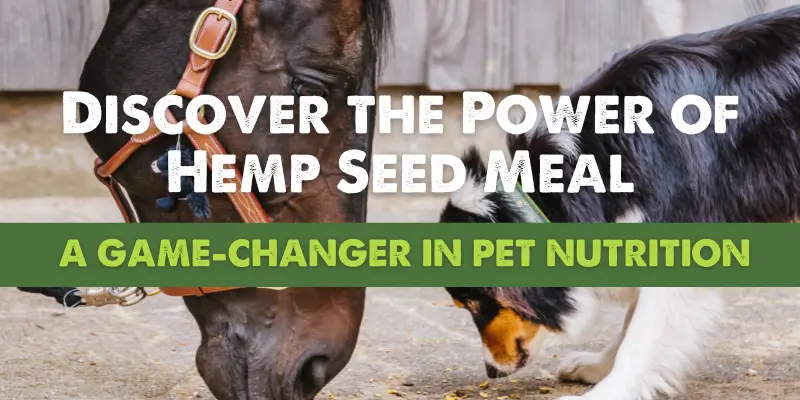

How China Grows and Processes Hemp Fiber – From an American Farmer
Steve Groff, a third-generation farmer from Southeastern Pennsylvania, recently embarked on a transformative journey to China, a trip that has profoundly impacted his perspective on the future of hemp farming and textile production.
This wasn’t a casual tourist visit; it was an immersive experience into the heart of China’s industrial hemp industry, from vast fields to cutting-edge textile factories.
Groff’s account offers a fascinating glimpse into a world where hemp is not just a crop, but a fully integrated industrial material.
A Scale Unlike Anything Seen Before
Groff’s description of the scale of Chinese hemp operations is nothing short of astounding.
He visited a farm cultivating 1,200 acres of hemp and another dedicated to seed production, spanning 400 acres.
These aren’t small, experimental plots; they are massive agricultural undertakings.
To further illustrate, Groff recounts seeing piles of hemp stalks, each approximately 300 yards long, 20 feet high, and 50 feet wide, with a total of ten such piles1. This visual alone paints a picture of the sheer volume and commitment to hemp production in China.
This scale demonstrates a level of investment and infrastructure that goes far beyond what’s currently seen in the United States. It suggests a robust market and a sophisticated understanding of hemp’s potential.
From Seed to Shirt: The Detailed Process
The most significant part of Groff’s trip was witnessing the entire production process, from seed to finished textile.
The process begins with seed preparation: he observed seeds spread out on a flat concrete area, about three inches thick, being stirred daily with a special fork to facilitate drying.
This meticulous approach underscores the importance of seed quality in ensuring a successful harvest.
The harvest itself is done by hand using sickle-like knives to cut the stalks.
This might seem less efficient than machine harvesting, but it speaks to the local labor market as well as the care taken in the initial steps of processing.
The stalks are then fed into a machine equipped with two 24-inch saw blades that cut them into three sections1. This precise cutting method is crucial for preparing the stalks for the next stage: scutching1.
The Art of Scutching: Extracting Hemp Fiber
The process Groff witnessed for separating the valuable hemp fiber from the less desirable woody core (or herd) was reminiscent of traditional flax scutching.
The stalks are clamped in the middle and crushed, and then combs come down to pull out the herd.
This mechanical process yields what Groff calls “toei fiber,” a clean and beautiful fiber, though this process results in the loss of about 30% of the herd.
The separated fiber is then gathered, placed in hydraulic compressors, and baled with wire tires, ready for transport to textile factories1. This mechanical process is optimized for large scale production, and Groff’s description gives a clear idea of how the raw plant material becomes the raw fiber for textiles.
Textile Transformation: From Fiber to Fabric
Groff’s tour extended to two textile factories, where he observed the transformation of hemp fiber into fabric and, in one instance, into clothing.
He witnessed the processes of spinning fiber into yarn and thread, and the subsequent weaving into fabric.
The level of integration, with fiber being transformed into final consumer products, was clearly a key takeaway for him.
This vertically integrated approach suggests a highly efficient and streamlined supply chain that would significantly reduce costs.
Seeing the transformation from raw fiber to clothing is a crucial link in the value chain.
Key Takeaways and Implications
For Groff, the trip was more than just an observation; it was a learning experience that forced him to contemplate how he might adapt aspects of this Chinese approach to his own farming operation.
The profound impact of the trip stems from the scale and sophistication of the Chinese hemp industry.
Unlike the sometimes fragmented and developing hemp industry in the United States, China seems to have a well-established, large-scale operation from cultivation to retail.
Groff also mentions that a realistic global view is that the hemp market will not be explosive, but rather will expand slowly and gradually.
However, seeing the process with his own eyes has profoundly impacted him and he is going to have to find his own way.
This is a critical point. The hemp industry is not a get-rich-quick scheme; it requires long-term commitment, investment, and a keen understanding of the market.
Lessons Learned and Questions Raised
Groff’s experience raises several important questions for American farmers and businesses:
● Scalability: Can American hemp operations achieve the scale and efficiency seen in China?
● Vertical Integration: Should American farmers explore vertically integrated supply chains, or specialize in a particular niche?
● Labor: The manual labor observed in the video may not translate directly to the US market.
● Technology: How can technology be leveraged to improve hemp production in the US?
● Market Demand: How can the market for hemp textiles be grown and stabilized to support farmers and processors?
Conclusion
Steve Groff’s journey to China has offered a valuable insight into the potential of hemp as a versatile industrial crop1.
It has revealed the remarkable progress made in China and provides a benchmark for what could be achieved with the right vision, investment, and commitment.
The future of hemp is not guaranteed, but it seems like there is a potential for a valuable and sustainable industry if the lessons from China are heeded.
The experience serves as a reminder that innovation and learning are essential components for the advancement of any industry.
OTHER EDUCATIONAL HEMP POSTS
Explore Other Posts by Bulk Hemp Warehouse

What is Hemp Wick and How to Use a Hemp Wick
Ever wondered what is hemp wick and how it can provide a healthier way to light your favorite herbs while extending the life of your lighter? Organic hemp wick is a natural choice that’s been somewhat under the radar when

Building a Hand-Powered Tabletop Hemp Break
OPEN SOURCE PLANS Created by Rezolana Institute & Growing Warriors Published by Fibershed and supported by Clif Bar Family Foundation Why a hemp break? The table top model hemp break is a useful tool for small scale decortication of hemp

Discover the Power of Hemp Seed Meal: A Game-Changer in Pet Nutrition
Hemp seed meal is it. It’s a complete protein source with essential fatty acids that boost your pet’s health. Hemp seed meal comes from the Cannabis sativa L. plant. It’s becoming a top choice in pet nutrition. Pet owners and








